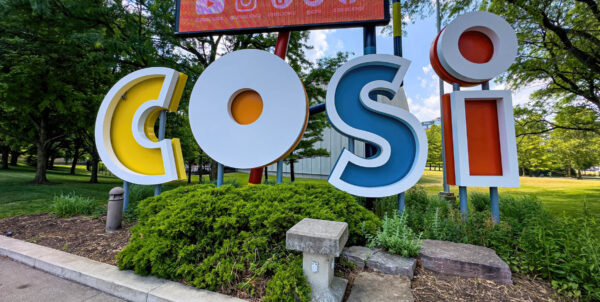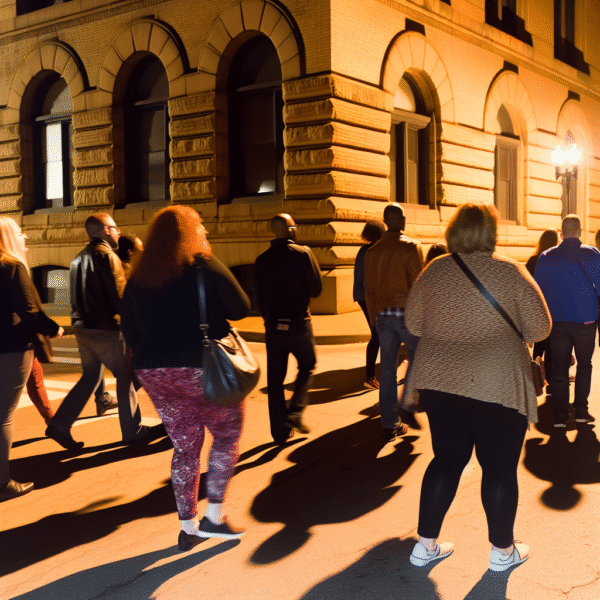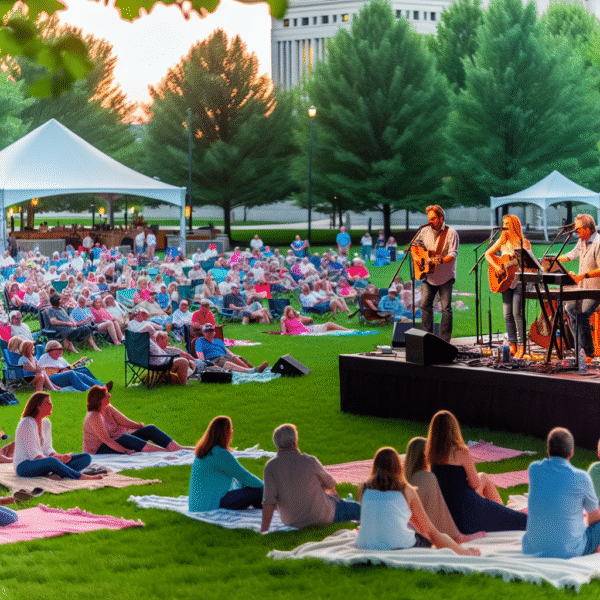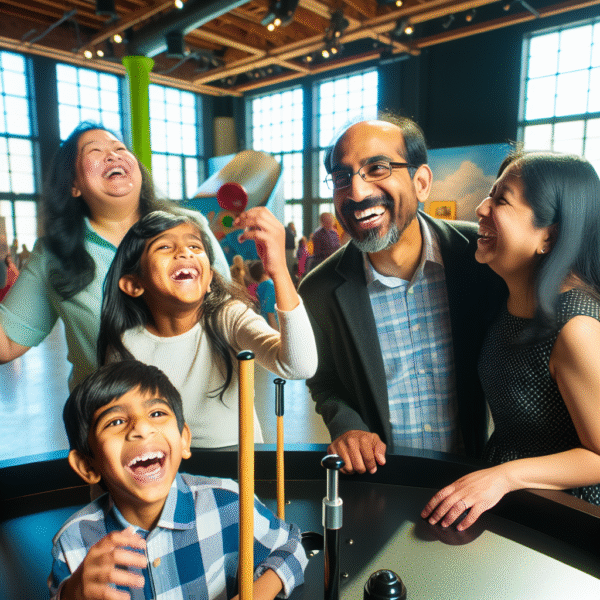Columbus, Ohio, boasts a rich architectural heritage that spans from historic landmarks to cutting-edge modern designs. This guide will take you through the architecture of Columbus, highlighting key buildings and architectural styles that define the city’s skyline.
Historic Architecture in Columbus
Ohio Statehouse: Iconic Architecture of Columbus
Description: The Ohio Statehouse, completed in 1861, is a stunning example of Greek Revival architecture. With its grand columns and intricate details, the Statehouse is a must-visit for architecture enthusiasts.
Tips: Take a guided tour to learn about the building’s history and architectural significance. Explore the beautiful grounds and monuments surrounding the Statehouse.
Nearby Attractions: Columbus Commons, Ohio Theatre, Scioto Mile.
German Village: Historic Architecture of Columbus
Description: German Village is a charming neighborhood known for its well-preserved 19th-century brick houses and cobblestone streets. The area showcases beautiful examples of Victorian and Italianate architecture.
Tips: Stroll through the picturesque streets, visit the iconic Schiller Park, and stop by the Book Loft, a unique 32-room bookstore housed in a historic building.
Nearby Attractions: Schmidt’s Sausage Haus, Lindey’s Restaurant & Bar, Brewery District.
Modern Architecture in Columbus
The Scioto Mile: Modern Architecture of Columbus
Description: The Scioto Mile is an urban revitalization project that features modern architectural elements integrated with green spaces and public art. The Scioto Mile Promenade and Main Street Bridge are highlights of contemporary design.
Tips: Enjoy a walk along the riverfront, take in the views of the city skyline, and visit the interactive fountain at Bicentennial Park.
Nearby Attractions: COSI, Genoa Park, National Veterans Memorial and Museum.
The Wexner Center for the Arts: Modern Architecture of Columbus
Description: Designed by renowned architects Peter Eisenman and Richard Trott, the Wexner Center for the Arts at Ohio State University is a striking example of deconstructivist architecture. The building’s unique design features intersecting grids and fragmented forms.
Tips: Explore the art exhibitions inside and take a moment to appreciate the building’s exterior from various angles.
Nearby Attractions: Ohio State University campus, Billy Ireland Cartoon Library & Museum, Ohio Stadium.
Architectural Landmarks in Columbus
LeVeque Tower: Iconic Architecture of Columbus
Description: The LeVeque Tower, completed in 1927, is an Art Deco skyscraper that remains one of Columbus’s most recognizable landmarks. At the time of its completion, it was the tallest building in Columbus and the fifth tallest in the world.
Tips: Visit the hotel and restaurant inside the tower for a unique experience. Enjoy the views of the city from nearby Scioto Mile.
Nearby Attractions: Ohio Theatre, Columbus Commons, Palace Theatre.
Franklin Park Conservatory and Botanical Gardens: Architectural Gem in Columbus
Description: The Franklin Park Conservatory features stunning Victorian-style glass greenhouses, showcasing a blend of historic and modern architectural elements. The Palm House, built in 1895, is a highlight of the conservatory.
Tips: Attend one of the conservatory’s seasonal exhibitions or events. Explore the beautiful gardens and outdoor installations.
Nearby Attractions: Topiary Park, Kelton House Museum & Garden, Main Library.
Architectural Tours in Columbus
Columbus Landmarks Foundation Tours
Description: The Columbus Landmarks Foundation offers guided tours that highlight the city’s historic and modern architecture. From walking tours of historic neighborhoods to bus tours of modern marvels, these tours provide in-depth insights into Columbus’s architectural heritage.
Tips: Check the foundation’s website for tour schedules and ticket information. Book in advance, as tours can fill up quickly.
Nearby Attractions: Various locations depending on the tour.
Ohio History Center and Ohio Village
Description: The Ohio History Center and adjacent Ohio Village offer a glimpse into the architectural history of Columbus. The museum features exhibits on Ohio’s architectural heritage, while Ohio Village recreates a 19th-century town with historic buildings.
Tips: Visit during special events for a more immersive experience. Explore the museum’s exhibits on Ohio’s history and culture.
Nearby Attractions: Mapfre Stadium, Whetstone Park of Roses, Olentangy River Trail.
Conclusion
The architecture of Columbus is a testament to the city’s rich history and vibrant future. From historic landmarks to modern marvels, Columbus offers a diverse array of architectural styles and iconic buildings. Explore these highlights to experience the unique and dynamic architectural landscape of Columbus.






